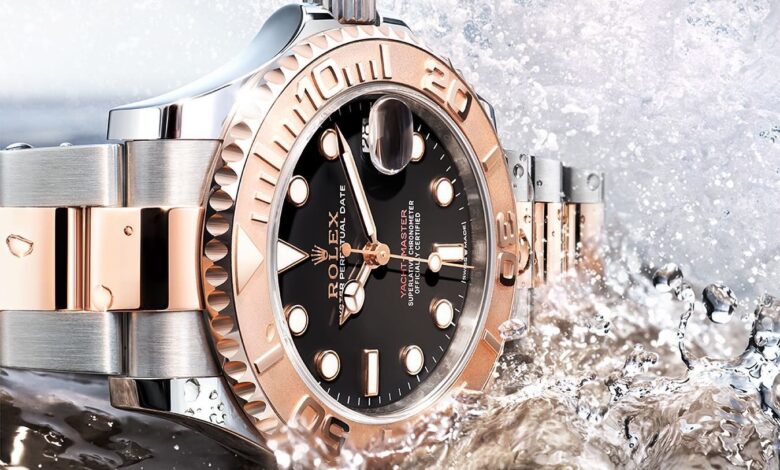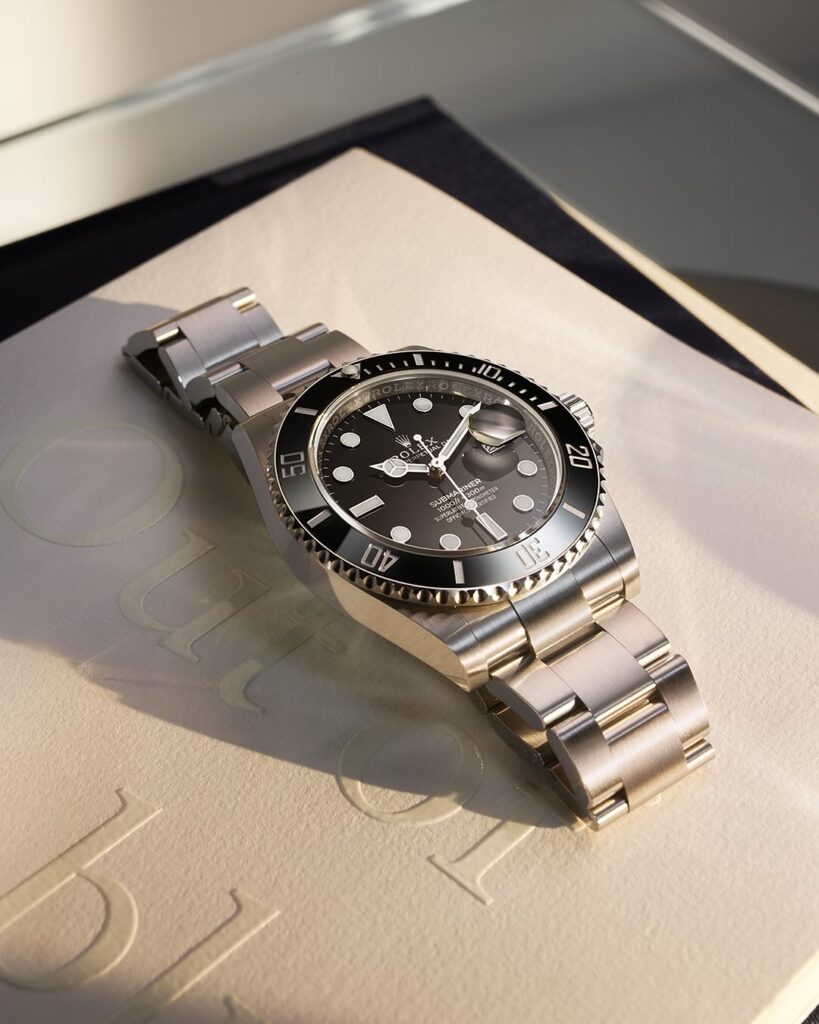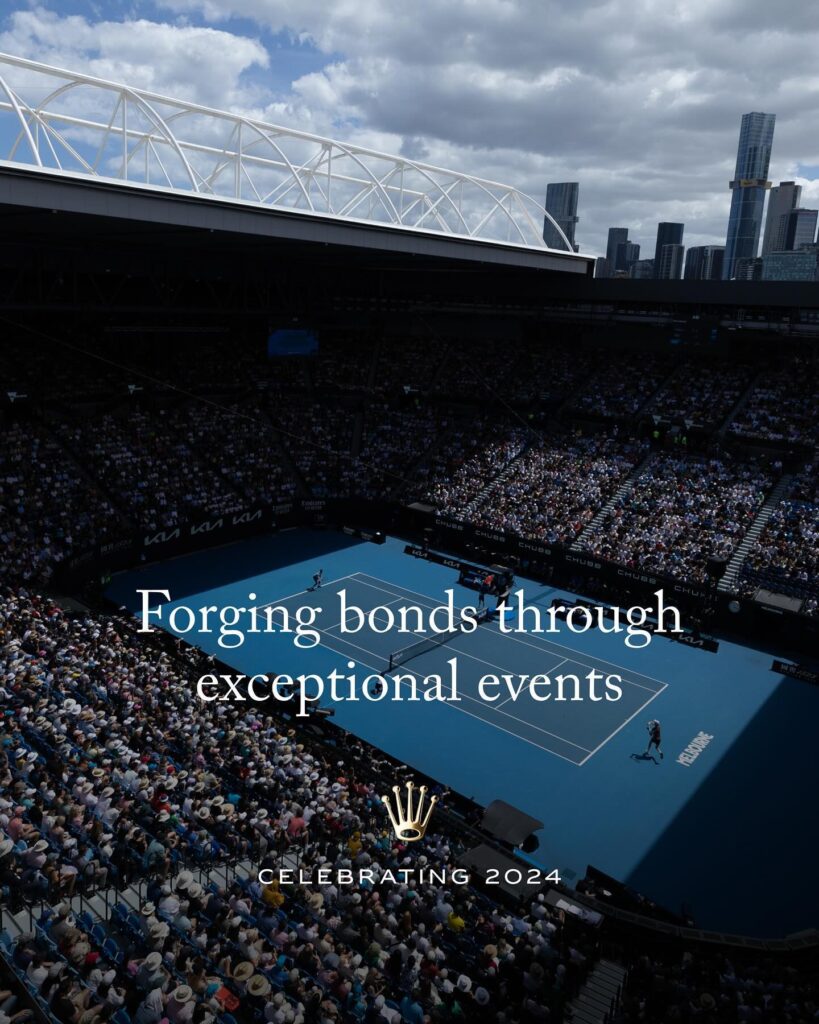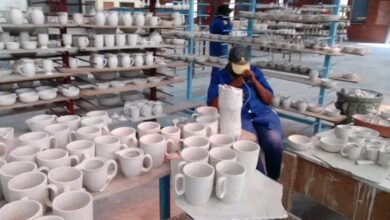Timeless Excellence: How Rolex Became the Ultimate Luxury Watch Brand

Timeless Excellence: How Rolex Became the Ultimate Luxury Watch Brand. Few brands carry the prestige and legacy of Rolex. More than just a watchmaker, Rolex has become a symbol of luxury, precision, and success. From its early days of innovation to its dominance in the luxury market, Rolex has carefully crafted an image that blends superior craftsmanship with timeless appeal. This article delves into the journey of Rolex, exploring the key strategies, turning points, and innovations that have cemented its position as the world’s leading luxury watch brand.
The Birth of a Legacy: Hans Wilsdorf’s Vision
Rolex was founded in 1905 by Hans Wilsdorf, a visionary entrepreneur who saw the potential of wristwatches at a time when pocket watches were the norm. Wilsdorf’s goal was simple but ambitious: to create wristwatches that were not only elegant but also precise and reliable.
By 1910, Rolex became the first wristwatch to receive the Swiss Certificate of Chronometric Precision. This breakthrough set the foundation for Rolex’s reputation as a leader in accuracy and quality.

Innovations That Redefined the Watch Industry
Rolex’s rise was not just about branding; it was fueled by groundbreaking innovations that redefined the watch industry:
- The Oyster Case (1926) – Rolex introduced the world’s first waterproof wristwatch, the Oyster, which protected the movement from dust, water, and shocks. This revolutionary design established Rolex as a brand that prioritized durability and reliability.
- The Perpetual Movement (1931) – Rolex pioneered the self-winding mechanism, eliminating the need for manual winding and enhancing convenience for users.
- The Datejust (1945) – The first wristwatch with an automatic date-changing function, reinforcing Rolex’s commitment to innovation.
- The Submariner (1953) – Rolex became synonymous with professional diving watches, thanks to the Submariner’s 100-meter water resistance and robust design.
- The GMT-Master (1955) – Developed for Pan Am pilots, this watch featured a dual-time function, catering to travelers and professionals worldwide.
These innovations not only improved watch functionality but also positioned Rolex as a brand that continually pushed the boundaries of watchmaking excellence.
Strategic Marketing: Building Prestige and Exclusivity
Rolex’s marketing strategy is one of the most masterfully executed in luxury branding. Unlike brands that rely heavily on advertising, Rolex carefully curates its image through strategic sponsorships, ambassador partnerships, and storytelling.
- Endorsements & Ambassadors – Rolex has aligned itself with elite athletes, explorers, and visionaries, from Roger Federer to James Cameron, reinforcing its association with success and achievement.
- Sponsorships – The brand sponsors prestigious events such as Wimbledon, the Oscars, and the 24 Hours of Le Mans, positioning itself as the timepiece of champions and legends.
- Scarcity & Exclusivity – Rolex masterfully controls supply and demand by limiting production and ensuring that its watches remain highly sought after. This scarcity drives desirability and increases resale value.

Overcoming Challenges & Adapting to Change
Despite its success, Rolex has faced challenges, including the rise of quartz technology in the 1970s. While many brands succumbed to the Quartz Crisis, Rolex remained committed to mechanical watchmaking, doubling down on craftsmanship rather than chasing trends. This decision solidified Rolex’s position as a true luxury brand, differentiating it from mass-produced competitors.
Additionally, Rolex adapted to the digital age by maintaining its aura of exclusivity. Unlike many luxury brands that heavily invest in e-commerce, Rolex limits online sales and keeps its distribution exclusive to authorized dealers, ensuring that the buying experience remains premium and personal.
Global Expansion: A Watch for Every Market
Rolex’s global appeal stems from its ability to resonate with diverse cultures while maintaining its core brand identity. The company expanded into international markets strategically, focusing on:
- Luxury retail presence in top cities – Rolex boutiques in global capitals reinforce the brand’s exclusivity.
- Localization without compromise – While appealing to different markets, Rolex maintains consistent branding and pricing, ensuring uniform prestige worldwide.
- Heritage storytelling – Rolex effectively uses its history to market itself as a timeless investment rather than just a purchase.

Lessons for Entrepreneurs
Rolex’s success story offers valuable lessons for entrepreneurs looking to build a powerful and enduring brand:
- Commit to Quality – Rolex never compromises on craftsmanship, ensuring that its products stand the test of time.
- Create Exclusivity – By controlling supply and maintaining premium positioning, Rolex enhances desirability.
- Master Brand Storytelling – Rolex’s marketing isn’t about selling watches; it’s about selling a legacy of excellence and achievement.
- Adapt Without Losing Identity – Rolex weathered industry shifts while staying true to its core values.
- Strategic Partnerships Matter – Aligning with the right events and ambassadors can elevate a brand’s prestige.
Conclusion: The Gold Standard of Luxury Watches
Rolex’s journey from an ambitious startup to a global luxury powerhouse is a testament to vision, innovation, and brand mastery. By blending precision engineering, exclusivity, and timeless design, Rolex has created more than just a watch—it has created a status symbol that transcends generations. For entrepreneurs, Rolex stands as a blueprint for how authenticity, strategic marketing, and resilience can transform a brand into an enduring legacy.




